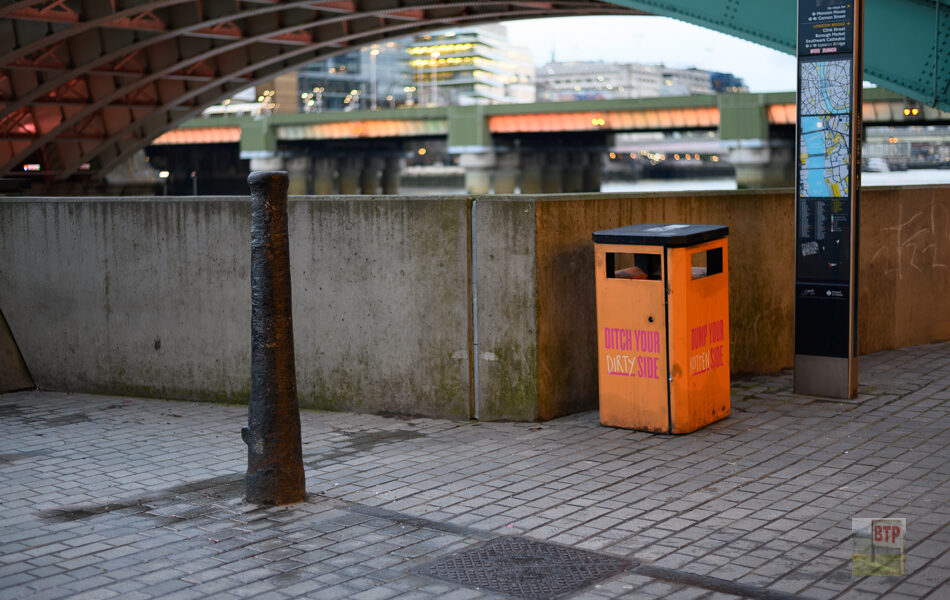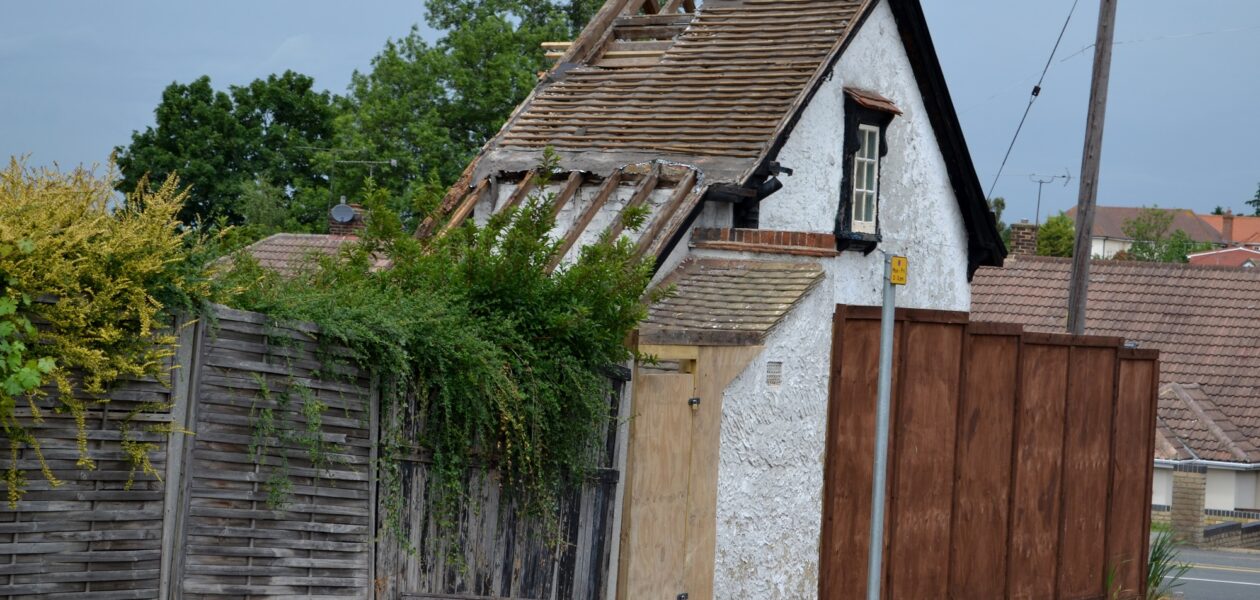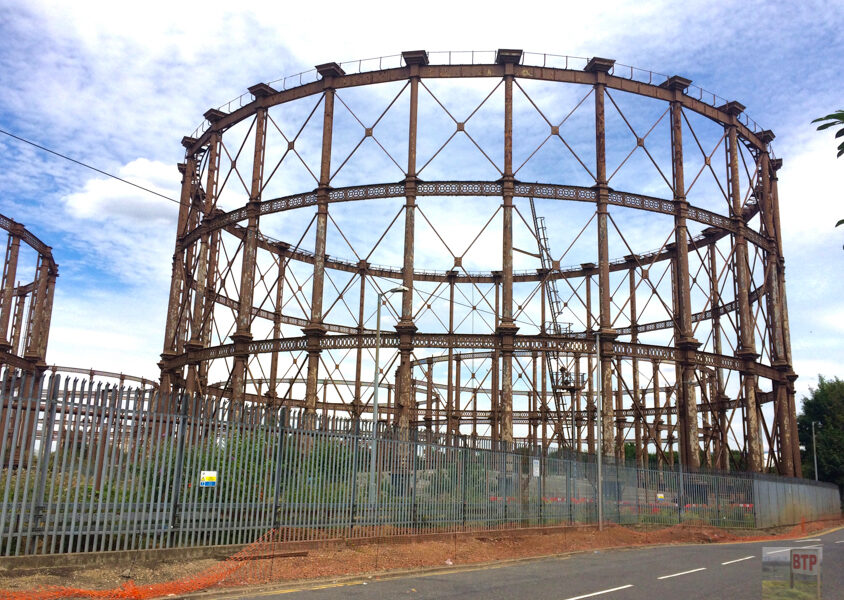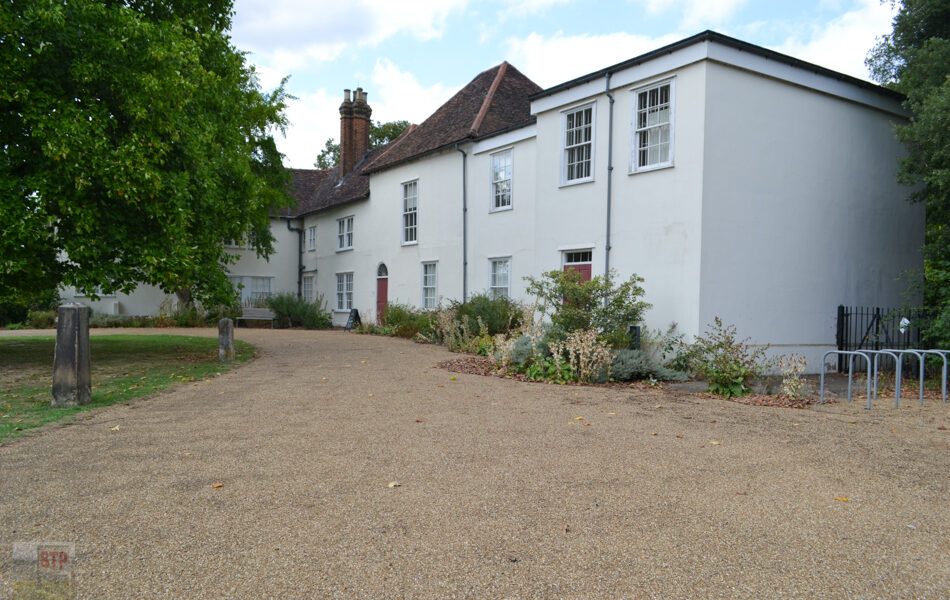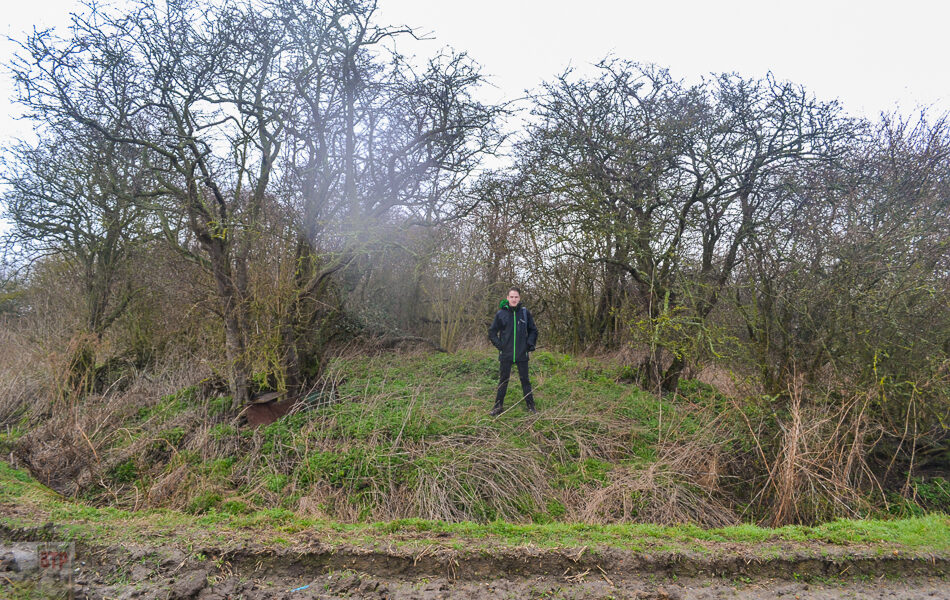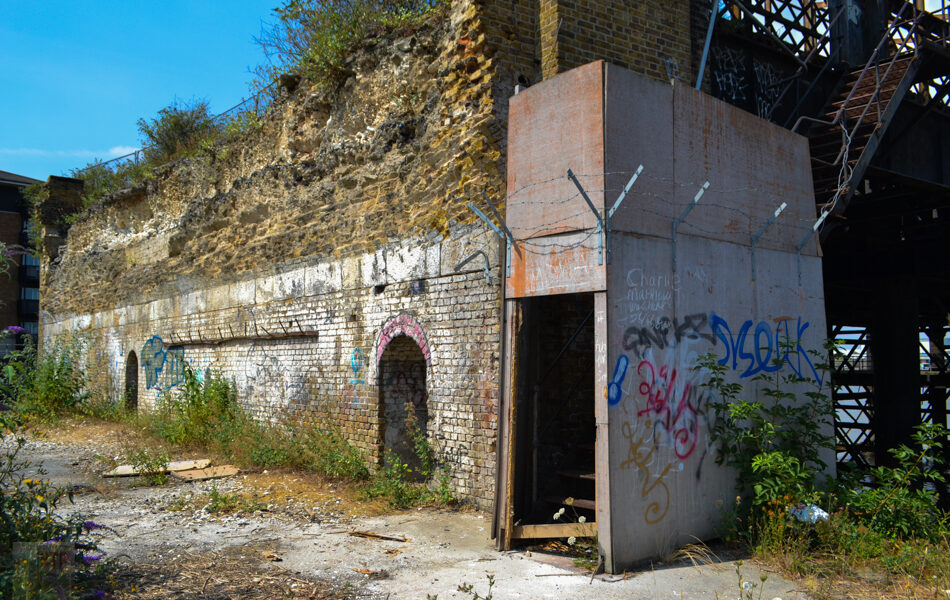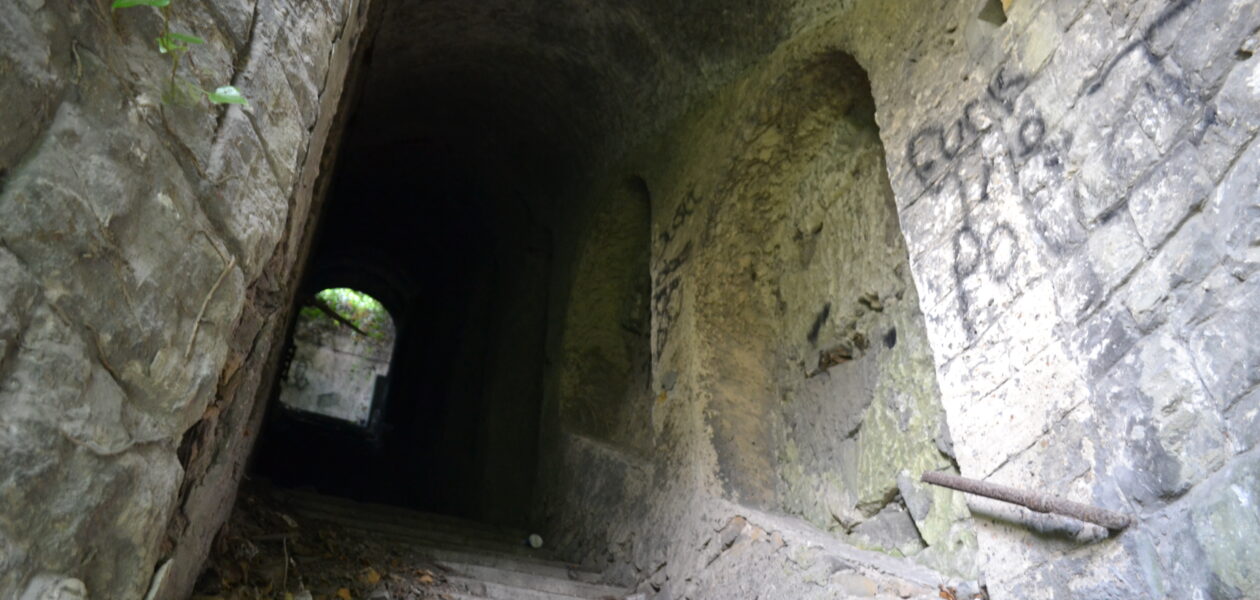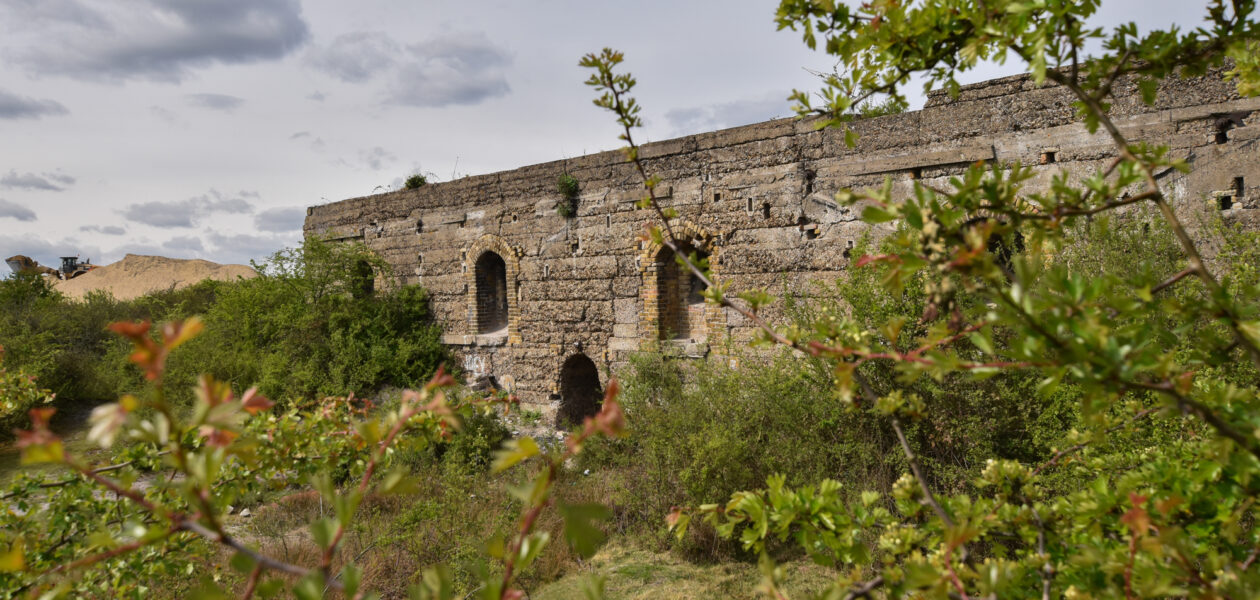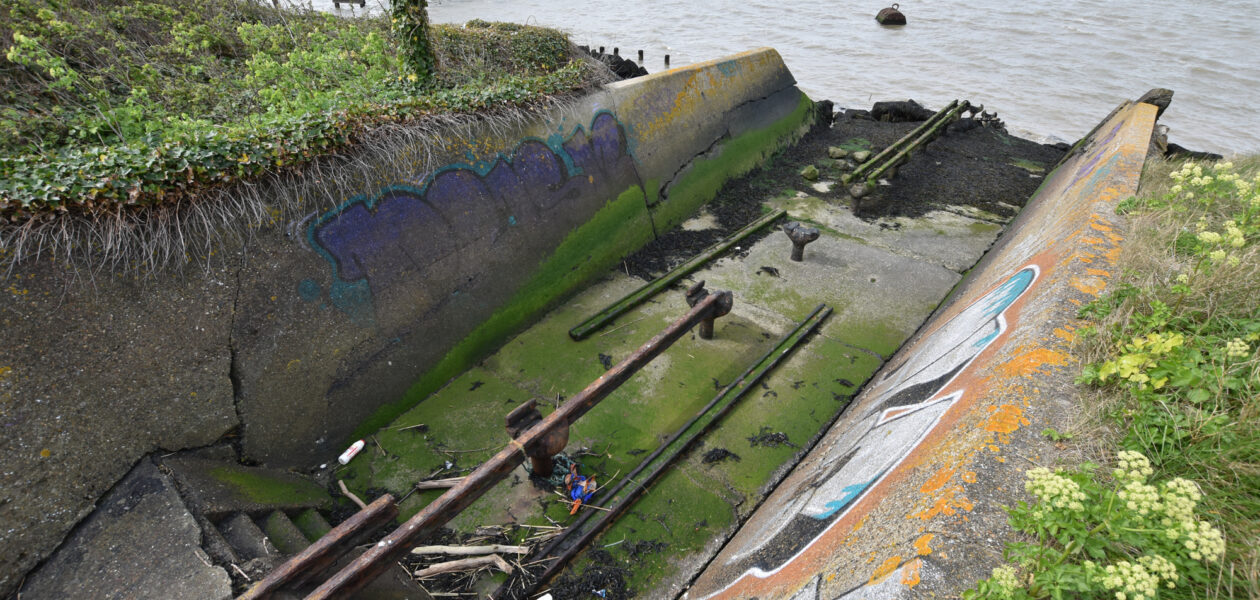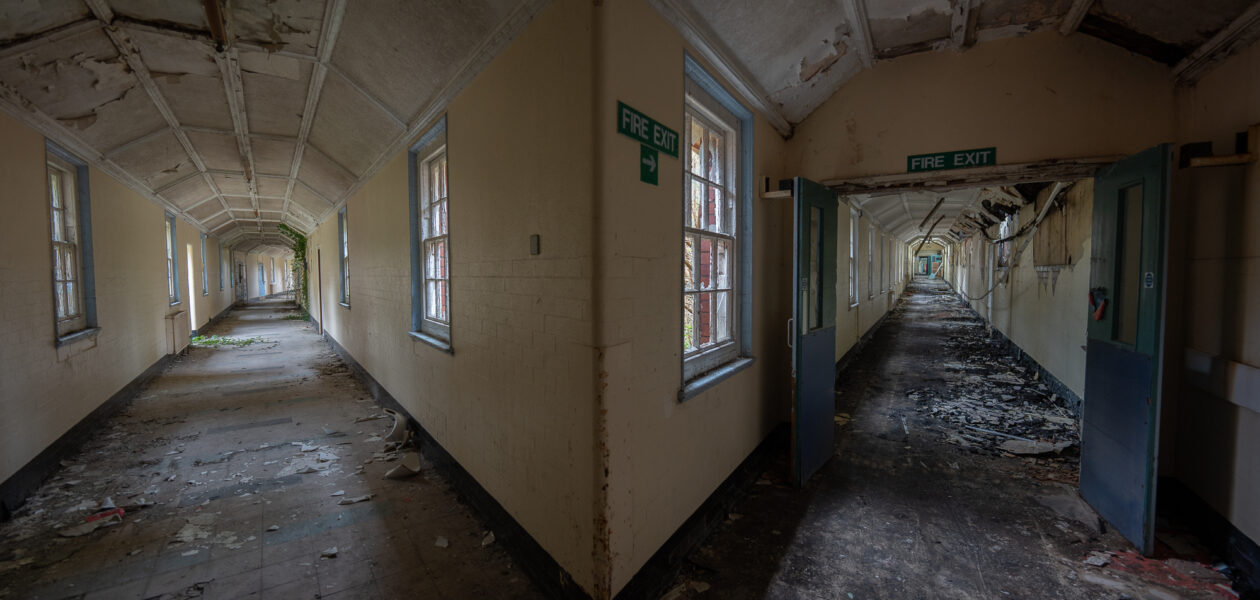French Cannon Bollard
Walking along you wouldn’t bat an eye lid at this rather bollard – that’s unless you knew the history of it. In October 1805 the Battle of Trafalgar took place between the British Navy and joint French & Spanish fleets. Twenty seven British ships were up against 33 of their counterparts and, after a bloody…
View More
